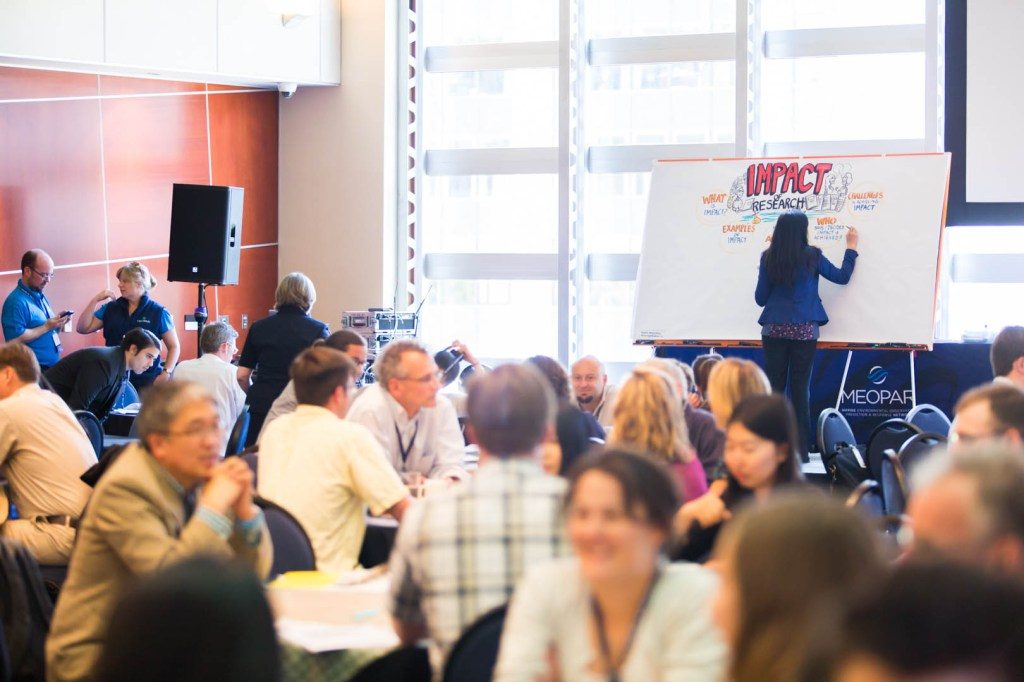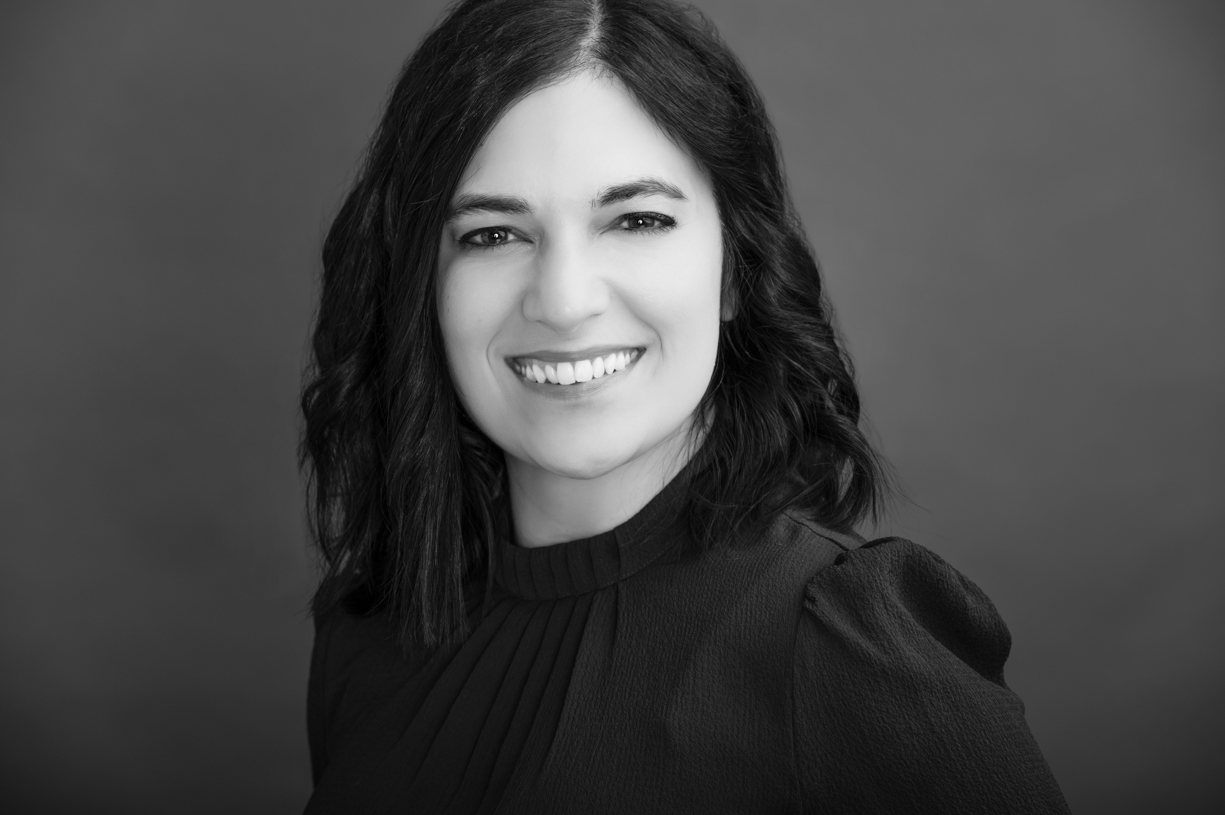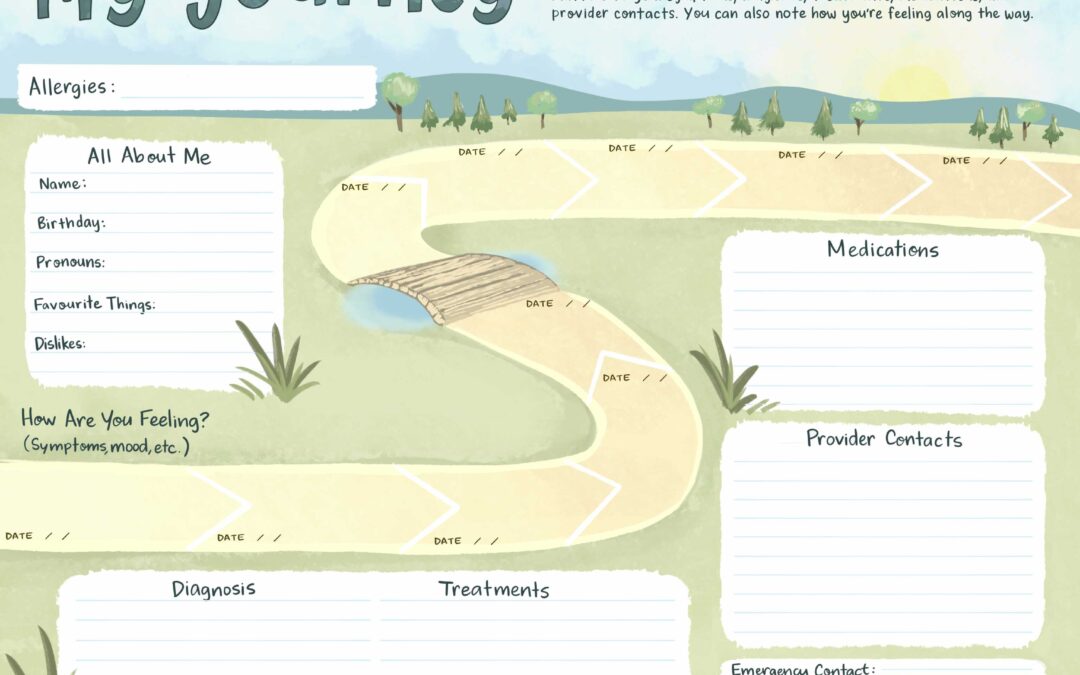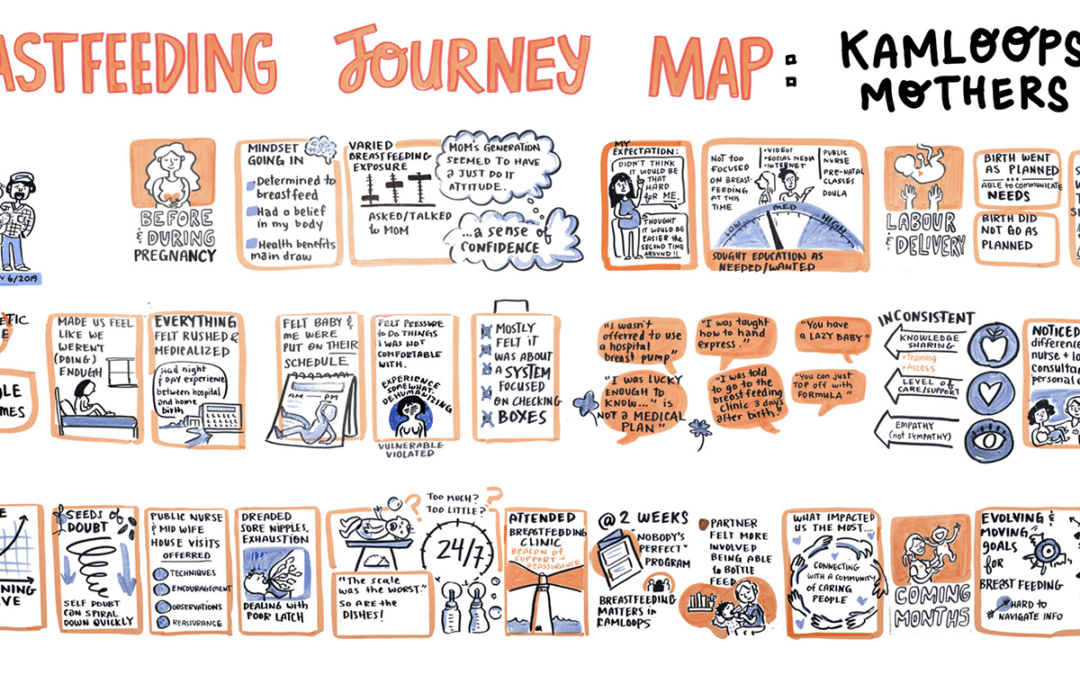How do you know what to listen for?”
It’s a common question I hear as a graphic recorder, and one that’s not always easy to explain! But over the years I’ve found there are key attributes to the art of listening in graphic recording or graphic facilitation.
These listening skills can be applied to a wide variety of situations beyond graphic recording. Discussions between co-workers; conflicts between spouses; reading the news and wanting to understand the full perspective… strong listening promotes deeper discussions and solution-finding.
So how does a graphic recorder listen?
Listening starts before the meeting
Understanding the bigger systems at play – the context – allows you to listen with a broader perspective.
Prior to a meeting, I research the topics being discussed, the culture of the organization(s), and the “bigger picture” beyond the meeting such as overarching goals of the organization, external pressures, etc. This pre-research forms a foundation for open and deep listening – it influences the choices I make when graphic recording, the images and metaphors I use, and the overall layouts and frameworks for the charts.
Listening requires neutrality
Having said that, no one can truly be neutral. But a strong listener aims to set aside his or her personal opinions in order to be as open as possible to understanding the speaker and recognize how the speaker’s viewpoint fits into the bigger picture.
I have graphic recorded many meetings where conflict bubbled – no, geysered! – to the surface. And sometimes my opinion is in direct conflict with what a speaker is saying. But my opinion doesn’t matter – I’m there to listen and organize the discussion so people can work through challenges. If I’m unable to set aside my opinions, then I should not be graphic recording the meeting.
Listen beyond the loudest voice in the room
Sometimes listening to what is unsaid is more important than what is said.
I once graphic recorded an executive meeting for a large company. Of the thirty people in the room, one man spent the majority of the time expressing his opinion. He had a clear idea about a direction for the company. However, it was evident through the body language around the room that the majority of people disagreed… or at the very least had opinions that were going unsaid.
I knew there were ideas being held back, so I saved ample space for them on the graphic recording. Mr. Soapbox’s opinions were not captured as large and as bold on the graphic recording as his voice would have the room believe. When he said “we need to cut costs on this project,” and people shifted in discomfort, I added a question mark: “we need to cut costs on this project… ?”
Later in the day someone spoke up, gently challenging him, raising a counter-argument. The space I held for the rest of the group soon filled up with a variety of unique ideas. Had I just captured the loudest voice, the chart would have no space left.
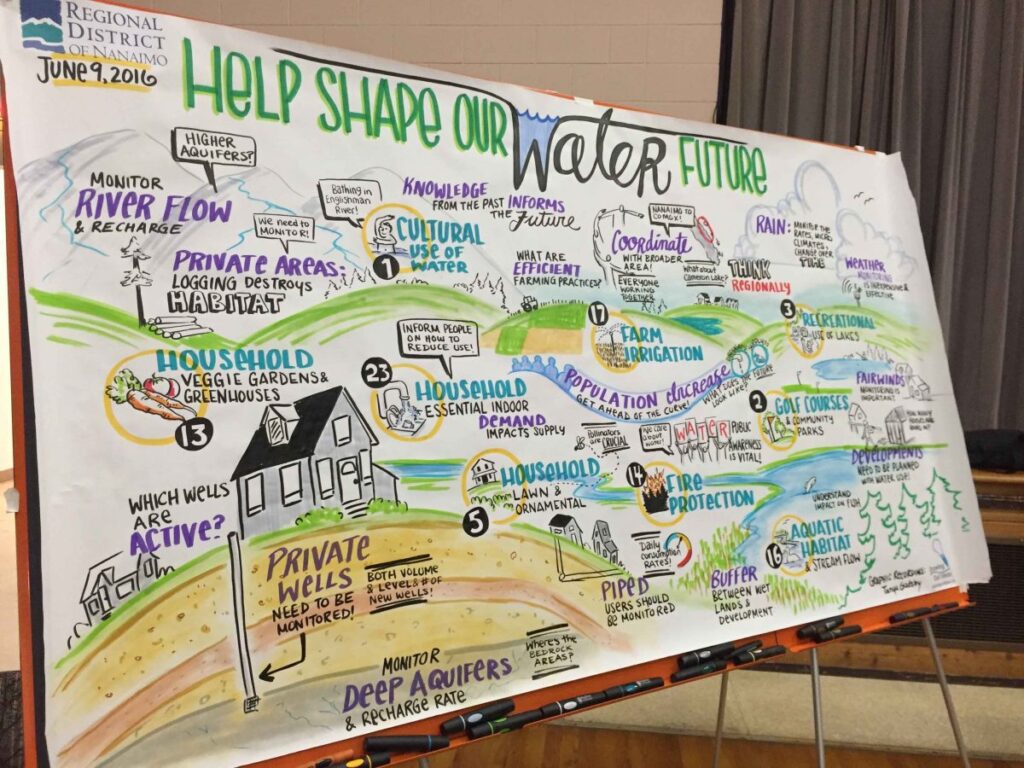
Community forums also require keen listening since there are often a variety of viewpoints in the room!
Listening requires interaction
Listening requires humbleness – we’re all human, and as much as we can try to remain neutral or think we understand what a speaker is saying… sometimes we misunderstand!
During every graphic recording I ask the group whether I’ve heard them correctly and whether there’s anything that can be improved in the graphic recording to more accurately reflect the discussion. It’s important to do this with the entire group, not just one or two people, so that the graphic recording is not influenced by a few “loudest voices.”
Asking whether you’ve heard correctly also prompts the speaker to reflect more deeply on what they’ve said, especially when their words are visually presented and connected to a larger whole.
Listening is the power for change
Ask any graphic recorder what is central to their work. Is it the playful images? The colourful layouts? That people are eager to take photos afterwards?
The true power of graphic recording is the dedicated and deep listening. This is what creates a safe environment for sharing ideas and allows a group to work through complex challenges. Unfortunately deep listening is not practiced as intentionally as it could be — but it has a huge impact on the outcomes of our day-to-day and professional interactions. Not all of us are graphic recorders, but all of us can strive to listen like a graphic recorder!
